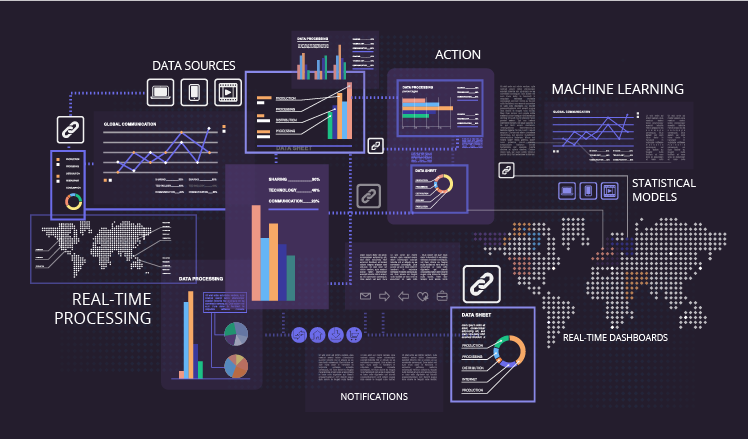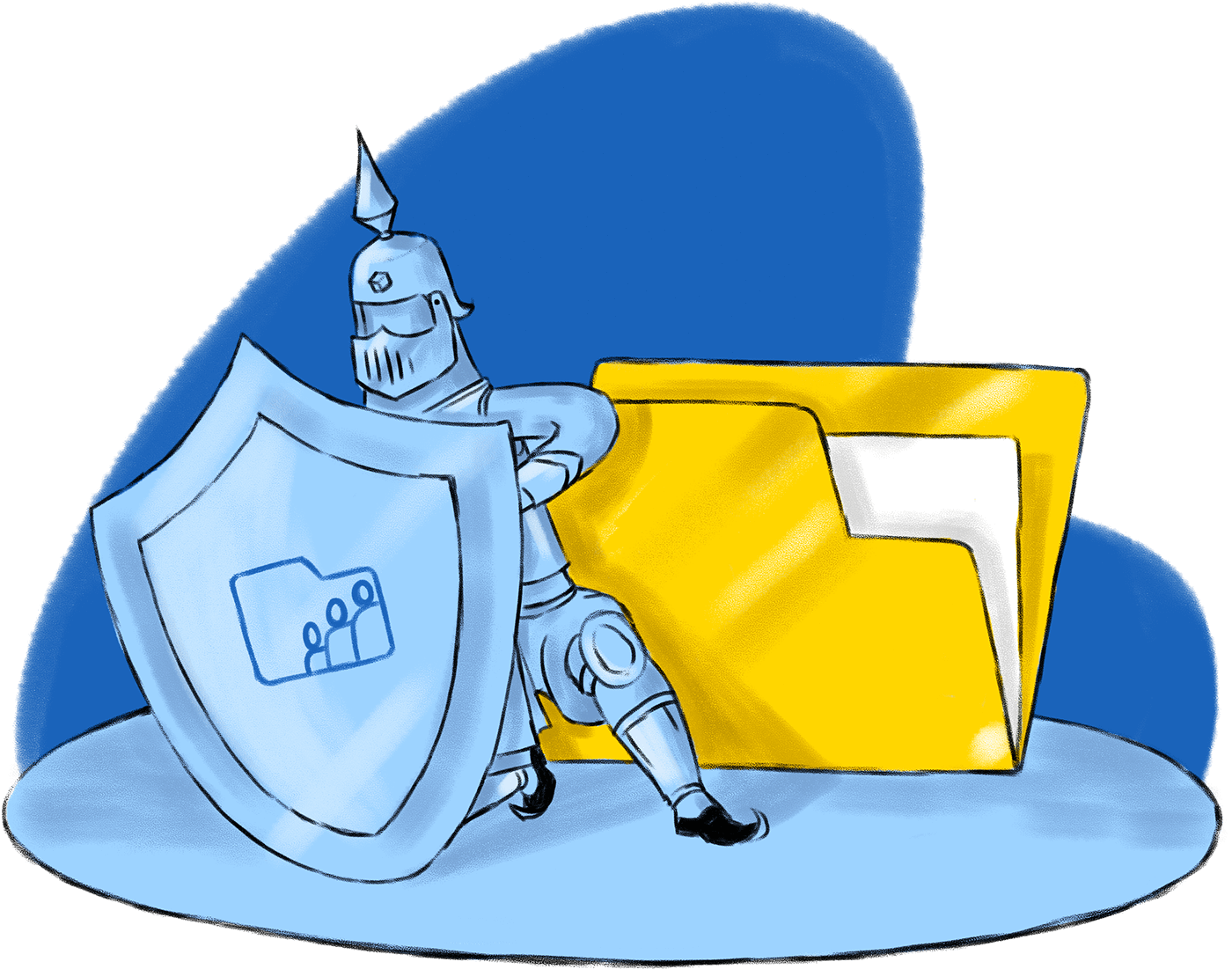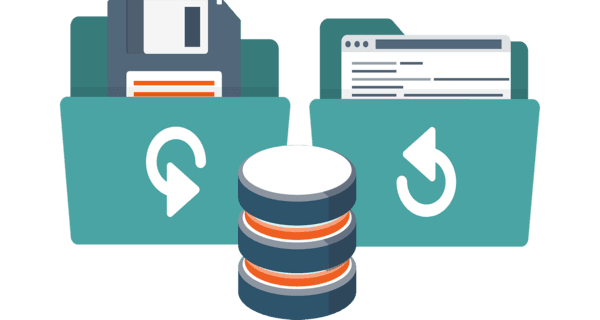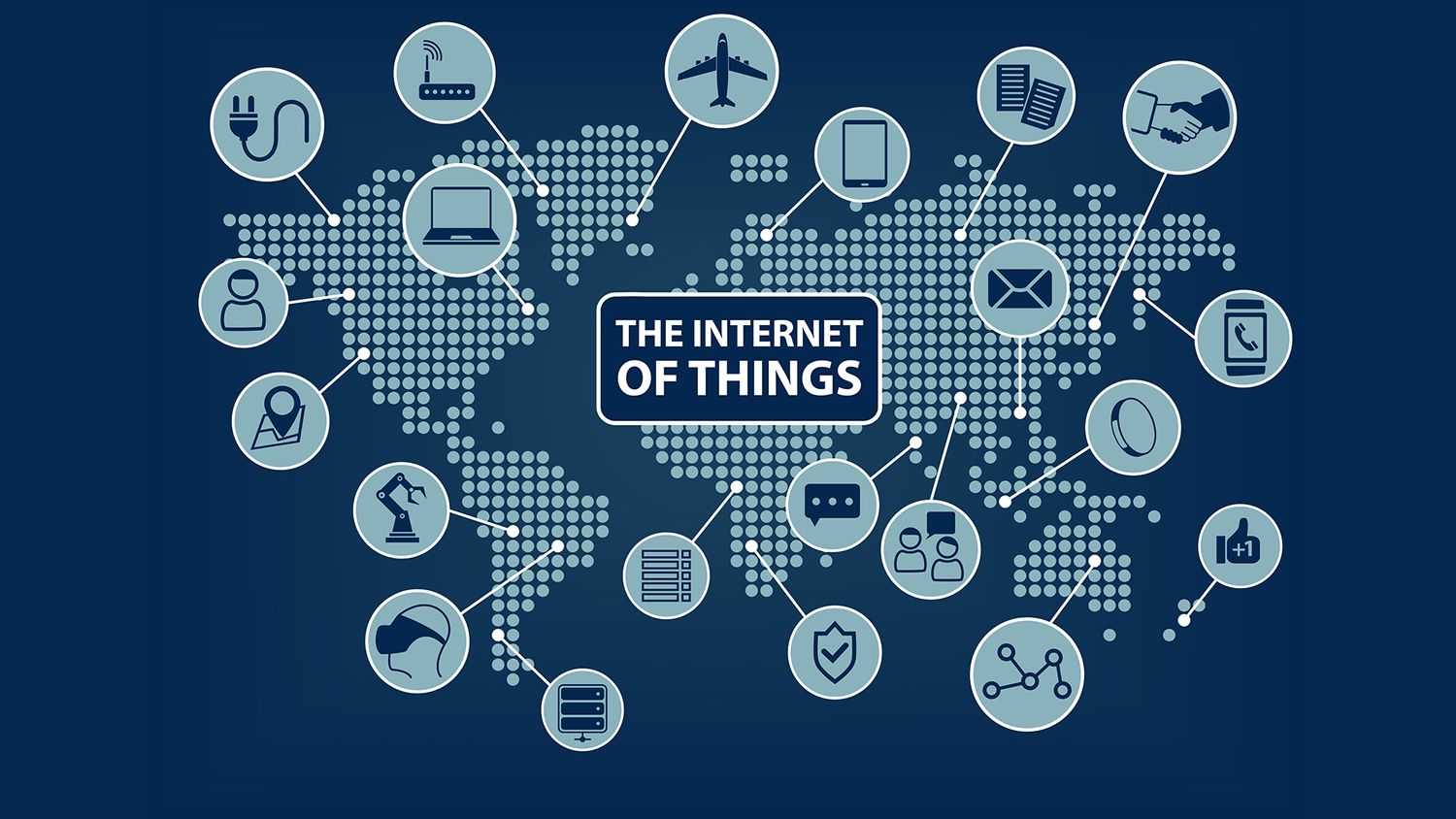
Cloud computing has become very popular for businesses. As of 2018, over three-quarters of enterprises were already using it and more are adopting it every day. If you haven’t considered it yet, that’s possibly because you’re not sure what you can use it for. To give you an idea, here we’ll show you the six main ways it is being put to good use.
1. Big Data analytics

Today’s businesses collect vast amounts of data on all manner of things: customers, operational processes, logistics, machinery health, product condition and much more. The value of that data comes from making sense of it, using it to come up with solutions to problems or discovering new opportunities. To do this, however, you’ll need to conduct Big Data analytics and this requires the use of substantial computing resources, often over short periods.
Those resources would be incredibly expensive if you had to purchase them and for much of the time would stand unused. Convincing the finance director this was the wisest use of the company’s money would be a difficult challenge. The advantage of cloud computing is that its pay-as-you-go pricing means you can access all those resources for the times you do need them but not pay for them when you don’t. This way you can carry out Big Data analytics whenever you need but do so affordably.
2. File storage

While it’s true that you can store your files in many places, what makes the cloud so appealing is that files can be accessed, edited and shared anywhere with an internet connection and this opens up a variety of opportunities for mobile working, collaboration and even improved security.
What’s more, the cloud provides high-speed, high-availability access as well as offering scalability to increase or decrease storage as demand requires – again paid for on a per-use basis.
3. Testing and development

Developing a new application or platform in-house can be an expensive and long-winded process. It involves significant spending, time and staff involvement and requires the procurement, installation and configuration of hardware. This means it takes longer to complete a project and can put your company at a disadvantage with competitors.
Cloud computing can make testing and development quicker, less expensive and less complicated. This is because there are various pre-existing and perfectly suitable cloud environments already built and ready to use out of the box.
4. Disaster recovery

Lots of companies use the cloud as the solution for their disaster recovery needs. Continuous backups of your servers in the cloud mean that you’ll no longer need to pay for a separate, redundant DR site of your own. Not only is recovery much cheaper, it’s also far quicker, ensuring your business is back online in no time at all.
5. Data backups

Traditional methods of backing up data have tended to be complicated and time-consuming, often requiring portable drives or even tapes being shipped to remote sites for storage. This is also a technique that can back-fire if the drives are too small for the data or are discovered to be defective.
Cloud-based backup is far easier to carry out and more secure. You can schedule backups to meet your needs; store them remotely on virtual servers, knowing that if the physical hardware hits a problem the data is still available; they can be encrypted for increased security and checked to make sure the data is not corrupt. And as with all cloud storage, you can have as much space as you need without fear of running out.
6. The Internet of Things

The internet of Things is beginning to transform the way we live our lives and increasing numbers of enterprises are making use of it. An IoT system works by collecting data from large numbers of connected sensors and uses this to make intelligent decisions – often using artificial intelligence and machine learning.
To take advantage of the IoT, the cloud is needed to analyse that data and make insights from it. A smart traffic system, for example, can monitor traffic conditions across an entire area, discovering where issues arise and using AI to quickly reroute or slow down vehicles in order to prevent a hold up. This kind of intervention would be almost impossible to gather without the capabilities of cloud.
Cloud’s scalability is also important for IoT. As a company grows, so might the number of IoT devices it sends and receives information from. More devices mean it will need larger computing resources and this can be achieved quickly and easily in the cloud without the need for significant capital investment.
Conclusion
Cloud enables businesses to do many things that, without it, they would find more expensive, overly time-consuming or beyond their in-house IT capabilities. From basic solutions, like storing files and backing up data, to highly sophisticated processes, such as Big Data analytics and IoT data processing, the potential of the cloud is enormous. Indeed, what we have discussed here barely scratches the surface and there are even more developments yet to come.






